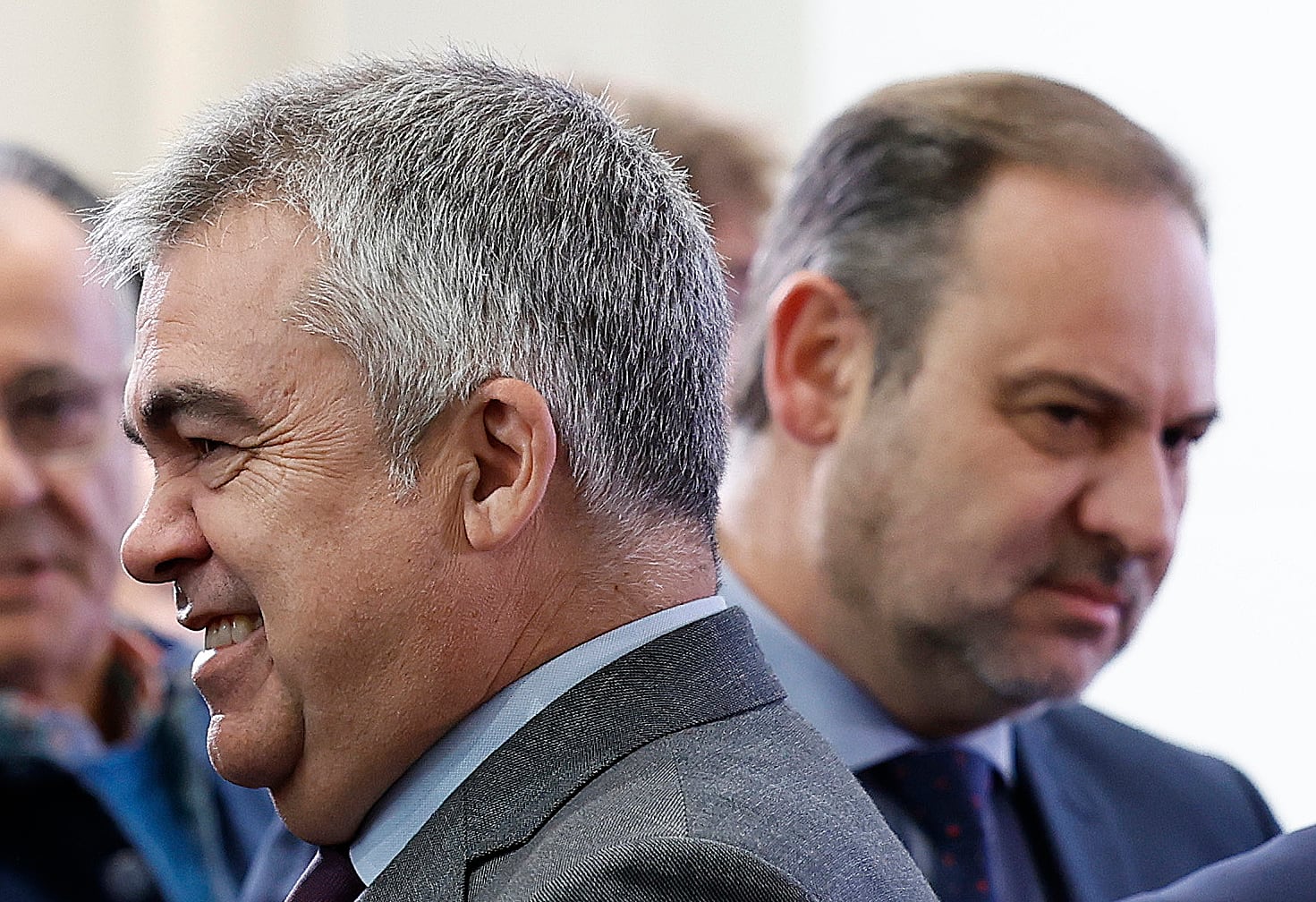Electric areas can become history – the government wants to see new price map

The fact that Sweden is divided into four electricity price areas has for many years been the subject of an occasional hot debate. This is because the area division among many customers in the southern parts of the country is perceived as unfair, as they have to pay significantly higher electricity prices than the customers in Norrland.
During a press conference together with the time parties on May 15, Energy Minister Ebba Busch (KD) also announced that, in order to equalize the major price differences, she wants to investigate whether it is possible to abolish the division to return to the system that prevailed before 2011, when only one electricity area existed.
Magnus ThorstenssonElectric analysts at the electricity producers’ industry organization Energiföreten, believe that the proposal is feasible – with some reservations.
– We want as large electricity areas as possible, but it requires identifying where the bottlenecks are, how big they are and how often they arise. And only Svenska kraftnät has all the necessary information about this. As for the bottlenecks, you could deal with them if you are just willing to pay enough, he says.
The government announcement it May 15 came just weeks after Svenska Kraftnät presented the result of an EU common electricity area review, where four alternatives for new electricity areas have been looked at for Sweden. A review that landed that all alternatives would provide lower socio -economic efficiency than today’s division – a message that gave rise to great anger and frustration in southern Sweden.
The authority is now again commissioned to analyze whether Sweden’s current four electricity areas can be fewer or be divided into another way – an assignment that will be reported in May 2026.
The reason for The high costs that have hit customers in southern Sweden for many years are due to the fact that there is too little electricity generation in relation to the use of electricity, and that the transfer capacity is not sufficient to bring down more cheap power from northern Sweden.
The price differences mean, among other things, that there are bottleneck revenue that accrues to Svenska kraftnät.
With a single electricity area, instead, a cost for Svenska kraftnät arises in the form of so -called counter -trading. This means that the authority orders increased production or reduced consumption on the side of the cut in an electricity area where there is a deficit, and reduced production or increased consumption on the surplus side, according to Magnus Thorstensson.
– This is something you can use in the short term. That is, you pay someone on one side of the bottle neck to do something – while paying someone else on the other side of the bottleneck to do the opposite, he says and continues:
– In this way, you create a kind of virtual transmission capacity.
Which would then Win or lose the government proposal if a return to a single electricity area would become a reality?
According to Magnus Thorstensson, customers in the south and producers in the north would probably become a winner, while households in Norrland and producers in the south would lose on the measure.
– What you can say at present is that we have low prices in the north and high prices in the south, and the reasonable idea is that a single electricity area would lead to higher prices in the north and lower prices in the south, he says and continues:
– But how much it would be about is impossible to say today.




:format(webp)/s3/static.nrc.nl/bvhw/files/2025/06/data133574948-4d8ee8.jpg)

